Hey,
I recently bought a random Poseidon(edit-> Jetstream 3960) regulator off craigslist that seemed to be in good working condition. It pressures up and the regs seem to breathe easily, but I haven't taken it to any depth outside of the tub...Once I got home to do some research on it, I realized that I got myself deeper than I expected...
I was unfamiliar with the poseidon brand before I bought it
Since I didn't do my research, I didn't realize how rare they were in the Texas area
If I primarily dive in a lake caused by a reservoir, which is around 50F to 80F, and in the Caribbean, I realized that I might not need such a kind of regulator...
Can someone here vouch for the use of a Poseidon as a recreational level regulator, and direct me to someone who will service them in Austin Texas? I tried calling around, it seems most shops do not service them, even Scubaland, the "authorized seller" of poseidon according to the Poseidon website does not service them in Austin.....
Also, it seems hard to tell the actual year of manufacture, is there a way to tell? What should be the average cost of service parts?
I got ONE quote out of 4 shops I called that estimated it to be around $150 or so.....
Thanks!
Edit -> After some research... after I buy it -.-;
It seems to be a Poseidon 3960 from 2007 based on the serial number.
Sadly, as an indictment of my equipment recognition skills, I didn't even realize that it had the 2920 DIN -> YOKE converter... for some reason i thought it was a giant yoke reg...
EDIT -> Some pictures
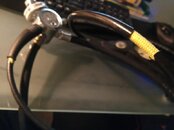
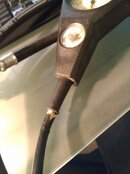
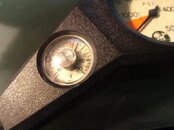
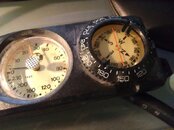
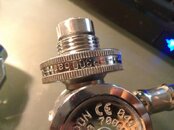
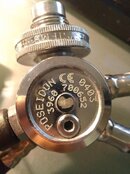
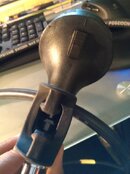
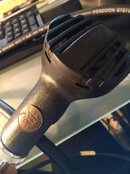
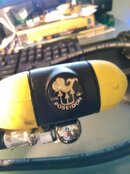
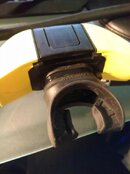
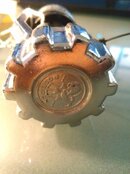
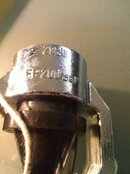
I recently bought a random Poseidon(edit-> Jetstream 3960) regulator off craigslist that seemed to be in good working condition. It pressures up and the regs seem to breathe easily, but I haven't taken it to any depth outside of the tub...Once I got home to do some research on it, I realized that I got myself deeper than I expected...
I was unfamiliar with the poseidon brand before I bought it

Since I didn't do my research, I didn't realize how rare they were in the Texas area
If I primarily dive in a lake caused by a reservoir, which is around 50F to 80F, and in the Caribbean, I realized that I might not need such a kind of regulator...
Can someone here vouch for the use of a Poseidon as a recreational level regulator, and direct me to someone who will service them in Austin Texas? I tried calling around, it seems most shops do not service them, even Scubaland, the "authorized seller" of poseidon according to the Poseidon website does not service them in Austin.....
Also, it seems hard to tell the actual year of manufacture, is there a way to tell? What should be the average cost of service parts?
I got ONE quote out of 4 shops I called that estimated it to be around $150 or so.....
Thanks!
Edit -> After some research... after I buy it -.-;
It seems to be a Poseidon 3960 from 2007 based on the serial number.
Sadly, as an indictment of my equipment recognition skills, I didn't even realize that it had the 2920 DIN -> YOKE converter... for some reason i thought it was a giant yoke reg...
EDIT -> Some pictures












Last edited:




